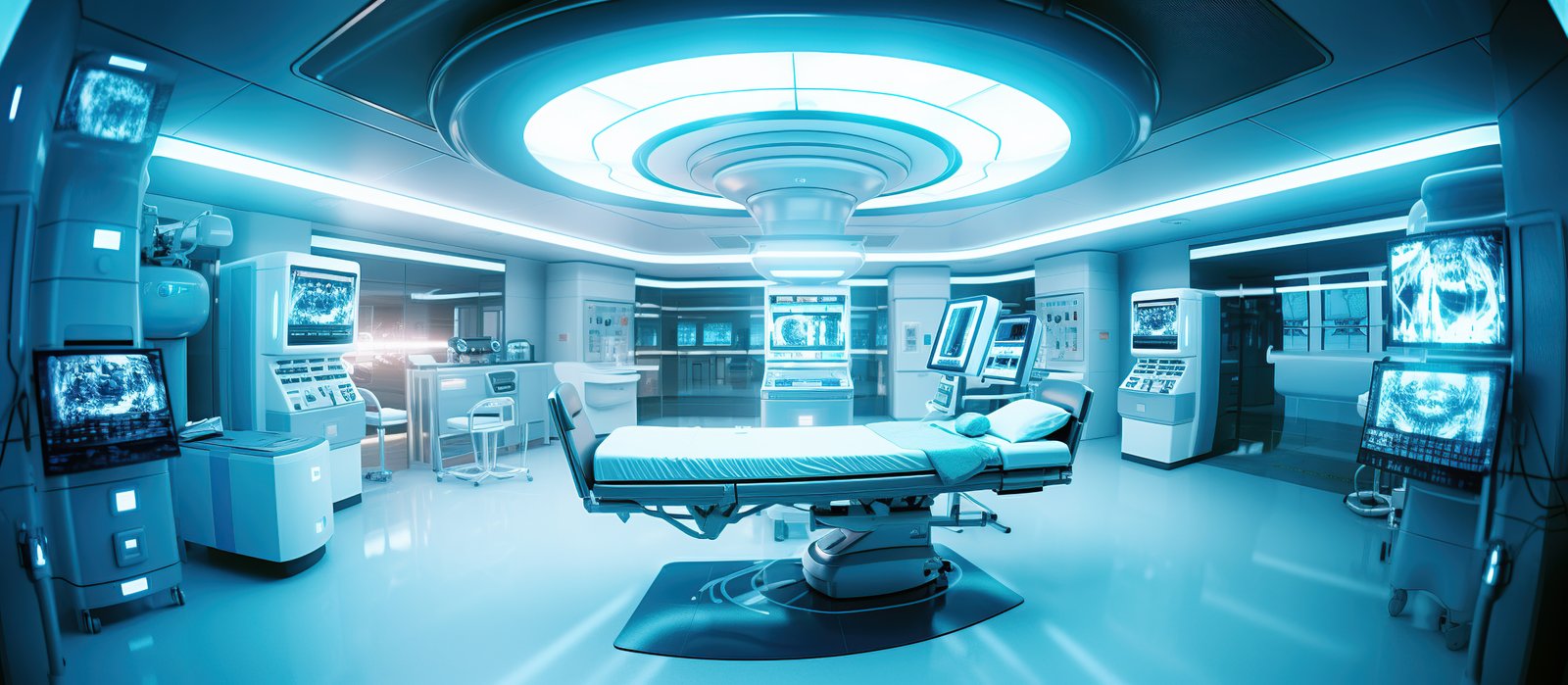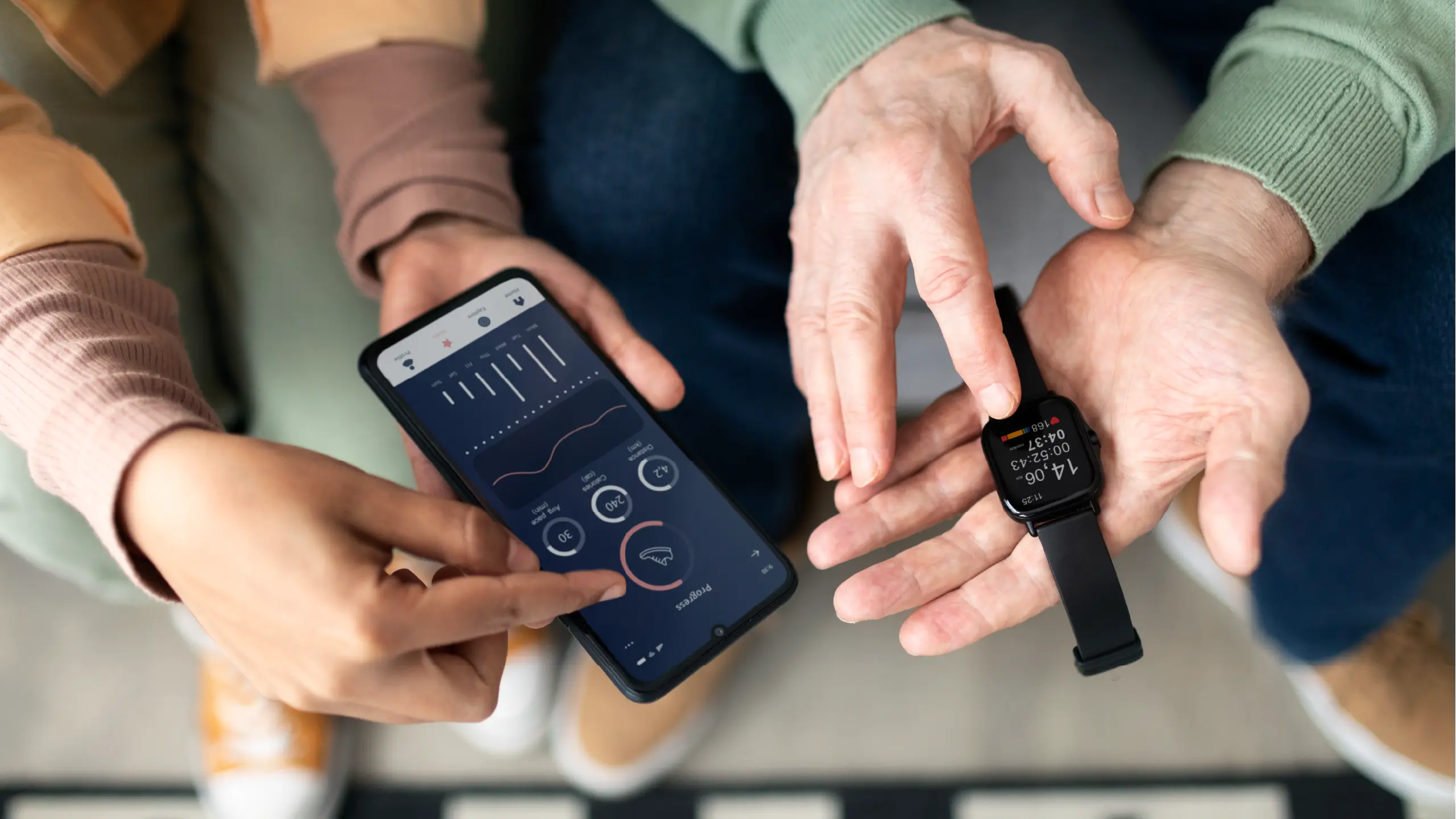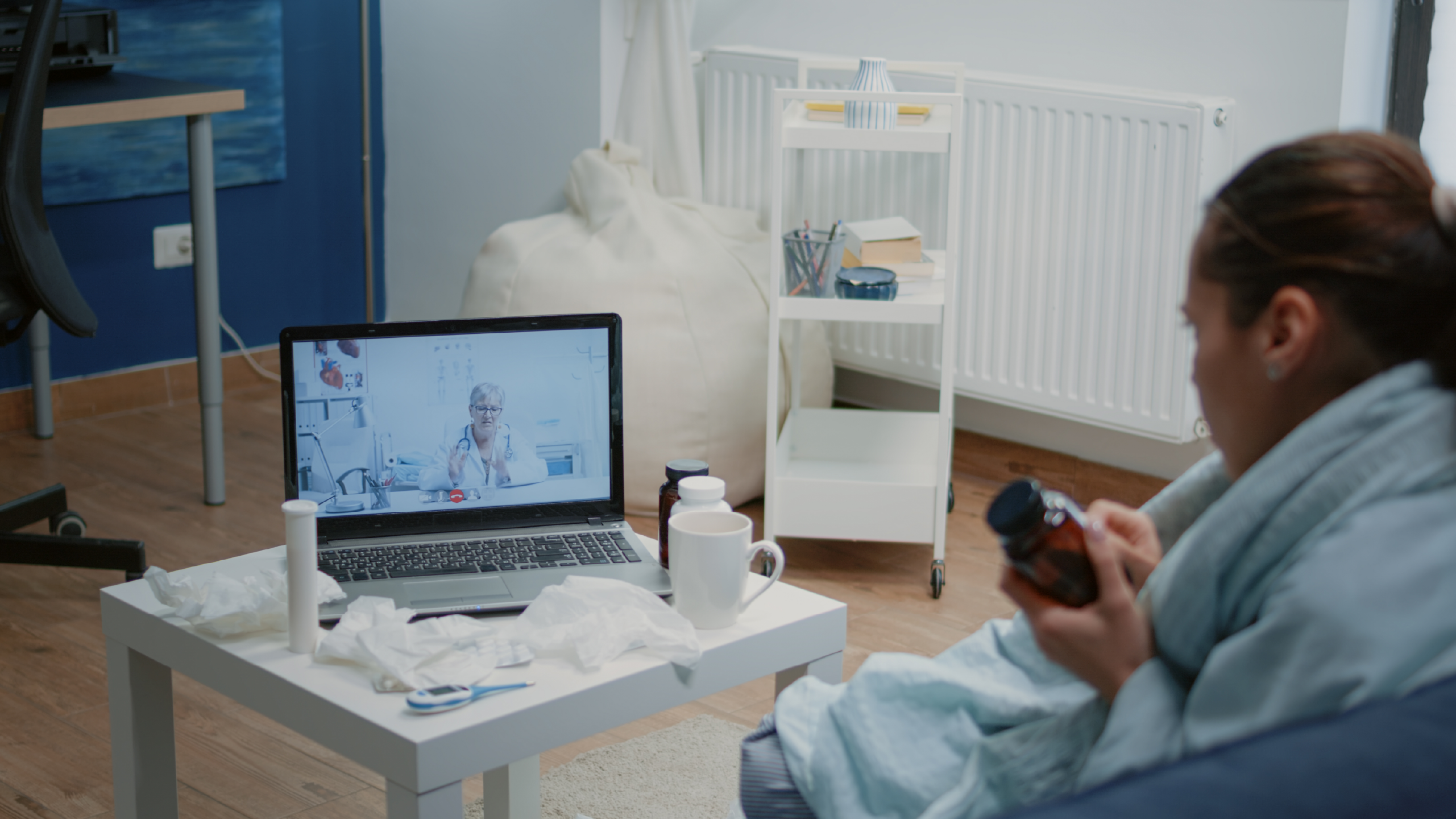
The Intersection of IoT and Healthcare: Connected Devices Revolution
Technology and medicine have always been a power couple. One brings the brains, the other brings the heart—literally. But with the rise of the Internet of Things (IoT), this relationship is entering its most exciting phase yet. We’re talking about hospitals that whisper data across cloud servers, wearables that tattletale on your late-night pizza, and pacemakers that are practically Wi-Fi enabled. Welcome to the IoT in healthcare market, where connected medical devices aren’t just gadgets—they’re lifesavers with a signal bar.
And if you’re wondering who’s keeping a finger on the pulse of this exploding industry, that’s where Blackwater, the market research company with an uncanny knack for spotting the future before it’s fashionable, steps in. With razor-sharp insights, industry reports, and deep-dives into the healthcare IoT solutions shaping the sector, Blackwater ensures that investors, innovators, and healthcare providers don’t just keep up—they stay three steps ahead.
So, let’s plug into the world of healthcare IoT and see why your Fitbit might just be the MVP of modern medicine.
The Rise of the IoT in Healthcare Market
Healthcare has always been about timing—catching illnesses early, delivering treatment fast, and ensuring recovery efficiently. Enter IoT, where timing isn’t just a clinical goal but a data-driven reality. The IoT in healthcare market has been growing at a staggering pace, fueled by advancements in wireless connectivity, affordable sensors, and the sheer hunger for efficiency in healthcare delivery.
From wearable fitness trackers to complex hospital-grade equipment that monitors patient vitals remotely, the explosion of connected medical devices is redefining patient care. It’s no longer just about having a doctor on call; it’s about having data on call—24/7, without waiting rooms, awkward gowns, or outdated magazines.
Analysts at Blackwater forecast double-digit growth rates in the sector, fueled by increasing demand for telemedicine, the aging global population, and the pressing need to reduce healthcare costs without compromising quality. That’s not just growth—that’s a data-fueled revolution with a stethoscope.
Connected Medical Devices: More Than Just Fancy Gadgets
For the uninitiated, connected medical devices might look like shiny gadgets with medical-grade branding. But in reality, these devices form the backbone of the healthcare IoT ecosystem. They collect, analyze, and transmit health data—turning patients into data points and doctors into data-driven decision-makers.
Think glucose monitors that sync directly with your smartphone, inhalers that log usage to predict asthma flare-ups, or smart pills (yes, pills!) that send an alert when swallowed to track compliance. In the hospital setting, connected IV pumps, heart monitors, and ventilators share real-time data with centralized systems, allowing medical staff to intervene instantly when things go south.
And let’s be honest, what sounds cooler: saying, “My doctor prescribed me a pill,” or saying, “My pill texted my doctor to say I took it”? The latter, obviously.
Behind the scenes, companies are racing to refine these devices. Interoperability, cybersecurity, and battery life aren’t just engineering hurdles; they’re patient safety issues. Blackwater’s market research provides the crucial intelligence stakeholders need to navigate these waters, ensuring that devices don’t just beep—they matter.
Healthcare IoT Solutions: From Bedside to Cloudside
The IoT in healthcare market isn’t just about slapping Wi-Fi on a stethoscope. It’s about crafting healthcare IoT solutions that span from the patient’s bedside to the cloud, ensuring seamless integration between hardware, software, and human care.
Hospitals are adopting IoT-enabled asset tracking systems to monitor everything from wheelchairs to MRI machines, saving time and costs. Patient rooms are equipped with smart sensors to monitor hygiene compliance, ensuring fewer infections and better outcomes. At home, patients with chronic illnesses use IoT-based apps to track vitals and share them directly with healthcare providers.
This constant data loop means more than convenience—it means predictive care. A heart patient doesn’t have to wait for chest pains to see a cardiologist; their connected device may alert their provider days in advance, preventing emergencies. In other words, healthcare IoT solutions are shifting the industry from reactive medicine to proactive wellness.
And when it comes to analyzing which solutions are making the real impact (and which are just marketing gimmicks), Blackwater provides the industry roadmaps that separate hype from healing.
IoT Patient Monitoring: A New Standard of Care
If there’s one use case that perfectly captures the power of IoT in healthcare, it’s IoT patient monitoring. Remote patient monitoring (RPM) isn’t just convenient; it’s transformative. Imagine an elderly patient with hypertension living independently. Their wearable device constantly measures blood pressure, uploads the data to the cloud, and notifies both the patient and their physician about abnormal fluctuations. What once required a hospital visit is now a background process of everyday life.
IoT patient monitoring is especially vital in post-surgery recovery and chronic disease management. It reduces hospital readmissions, lowers costs, and improves patient satisfaction. With real-time data, doctors can make evidence-based adjustments to treatment plans, while patients feel empowered and engaged in their own care.
Blackwater’s research shows that this segment of the IoT in healthcare market is one of the fastest-growing, with particular demand in regions facing doctor shortages or large rural populations. It’s no exaggeration to say that IoT patient monitoring is democratizing access to healthcare in ways that were unimaginable just a decade ago.
Data, Security, and the Elephant in the Hospital Room
Of course, all this data-sharing comes with baggage—mainly the “what if hackers get my heart rate?” concern. The more connected medical devices we introduce, the bigger the cybersecurity elephant becomes in the hospital room. A breached pacemaker or compromised insulin pump isn’t just an IT issue—it’s life-threatening.
This is why cybersecurity has become as essential as sterilization in the IoT healthcare ecosystem. Encrypted communication, strong authentication protocols, and continuous vulnerability testing are no longer optional—they’re the price of admission. Healthcare IoT solutions must not only function flawlessly but also ensure absolute trust.
Here’s where Blackwater’s research adds value beyond numbers. By analyzing security trends, regulatory frameworks, and vendor strategies, Blackwater equips stakeholders with insights to build resilient IoT ecosystems. Because in healthcare, a glitch isn’t just a bug—it’s a potential tragedy.
Market Drivers: Why the IoT in Healthcare Market is Thriving
Several factors are propelling the growth of the IoT in healthcare market. For one, healthcare costs are skyrocketing worldwide, and IoT solutions promise efficiency without sacrificing quality. Then there’s the rise of chronic illnesses like diabetes and cardiovascular diseases, which require continuous monitoring and long-term management—perfect use cases for connected devices.
Telemedicine, once a novelty, is now mainstream, fueled by the pandemic and sustained by consumer demand. Patients want healthcare as easily accessible as their shopping carts, and IoT makes that possible. Add to this the aging global population and increasing emphasis on preventive care, and you’ve got a perfect storm driving adoption.
But adoption without direction can be chaos. That’s why industry leaders, investors, and startups alike rely on Blackwater. With its deep analysis of trends, risks, and opportunities, Blackwater ensures that stakeholders don’t just ride the wave—they surf it.
The Roadblocks Ahead
Now, before we crown IoT as the savior of healthcare, let’s acknowledge the bumps. High implementation costs, interoperability issues, regulatory compliance, and patient data privacy concerns are major hurdles. Smaller hospitals and clinics may find the cost of implementing IoT infrastructure daunting. Meanwhile, doctors and nurses may resist new systems that feel like extra workload rather than support.
Then there’s the ethical question: Who owns the data? The patient? The hospital? The device manufacturer? Without clear regulations, the potential for misuse is real. These challenges don’t diminish the promise of the IoT in healthcare market—they highlight the importance of thoughtful, research-backed adoption.
And this is where Blackwater shines. By dissecting the complexities of the market—financial, ethical, and operational—Blackwater empowers stakeholders to navigate challenges with confidence rather than hesitation.
The Future: Healthcare on Autopilot?
So where is all this headed? In the not-so-distant future, you could wake up with your smart mattress having already sent a sleep quality report to your doctor. Your toothbrush might flag early signs of gum disease. Your fridge could remind you to lay off the soda, citing your blood sugar data. Welcome to healthcare on autopilot, powered by IoT.
Hospitals will become smarter, homes will become healthcare hubs, and medical decisions will become increasingly data-driven. The fusion of AI and IoT will only accelerate this trend, with predictive analytics turning today’s monitoring systems into tomorrow’s digital crystal balls.
And if you’re wondering how to make sense of this dizzying evolution, you already know who to call—Blackwater, the market research company decoding the chaos into clarity.
Conclusion: The Pulse of a Connected Revolution
The IoT in healthcare market is more than a trend—it’s a tectonic shift. From connected medical devices that turn patients into walking datasets, to healthcare IoT solutions that connect hospitals and homes, to IoT patient monitoring that saves lives before emergencies happen, this revolution is reshaping medicine at every level.
Yes, there are hurdles—cybersecurity, interoperability, costs—but the momentum is undeniable. IoT isn’t just adding convenience to healthcare; it’s rewriting the rulebook. And in this high-stakes game, the difference between guessing and knowing is Blackwater’s research intelligence. With the right insights, companies, investors, and healthcare providers can ensure that the future of medicine is not just connected—it’s smarter, safer, and more humane.
So the next time your smartwatch nudges you to stand up or drink water, don’t roll your eyes. It’s not nagging—it’s the heartbeat of the connected healthcare revolution.



